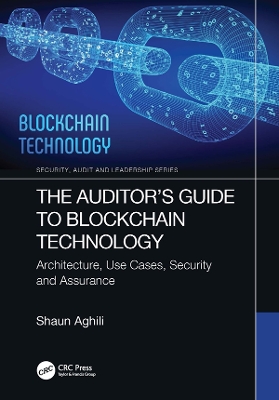The 21st century has been the host to a number of information systems technologies in the area of science, automotive, aviation, and supply chain, among others. But perhaps one of its most disruptive is Blockchain technology whose origin dates to only 2008, when an individual (or perhaps a group of individuals) using the pseudonym Satoshi Nakamoto published a whitepaper entitled Bitcoin: A peer-to-peer electronic cash system in an attempt to address the threat of "double-spending" in digital currency.
Today, many top-notch global organizations are already using or planning to use blockchain technology as a secure, robust, and cutting-edge technology to better serve customers. The list includes such well known corporate entities as JP Morgan, Royal Bank of Canada, Bank of America, IBM, and Walmart, just to name a few. Statista.com (2020) puts the global market capitalization of blockchain from 2018 to 2020 at USD $3 billion. Projected blockchain revenues from 2021 to 2025 range from USD $7 billion to over USD $40 billion, signifying a huge investment in the technology.
The tamper-proof attributes of blockchains, leading to immutable sets of transactions records, represent a higher quality of evidence for internal and external auditors. Blockchain technology will impact the performance of the audit engagement due to its attributes, as the technology can seamlessly complement traditional auditing techniques. Furthermore, various fraud schemes related to financial reporting, such as the recording of fictitious revenues, could be avoided or at least greatly mitigated. Frauds related to missing, duplicated, and identical invoices can also be greatly curtailed.
As a result, the advent of blockchain will enable auditors to reduce substantive testing as inherent and control audit risks will be reduced thereby greatly improving an audit's detection risk. As such, the continuing use and popularity of blockchain will soon mean that auditors and information systems security professionals will need to deepen their knowledge of this disruptive technology.
If you are looking for a comprehensive study and reference source on blockchain technology, look no further than The Auditor's Guide to Blockchain Technology: Architecture, Use cases, Security and Assurance. This title is a must read for all security and assurance professionals and students looking to become more proficient at auditing this new and disruptive technology.
- ISBN13 9781000776942
- Publish Date 3 November 2022
- Publish Status Forthcoming
- Publish Country GB
- Publisher Taylor & Francis Ltd
- Imprint CRC Press
- Format eBook
- Pages 312
- Language English
